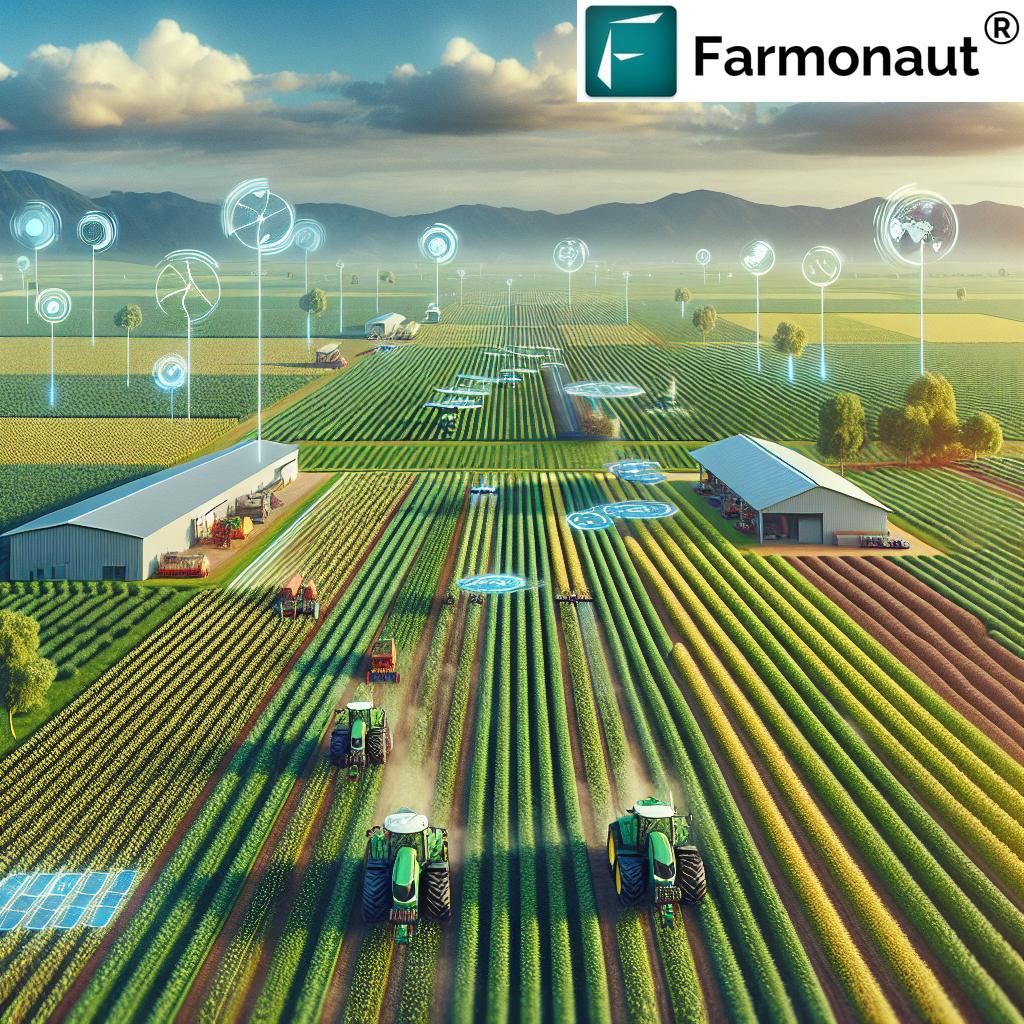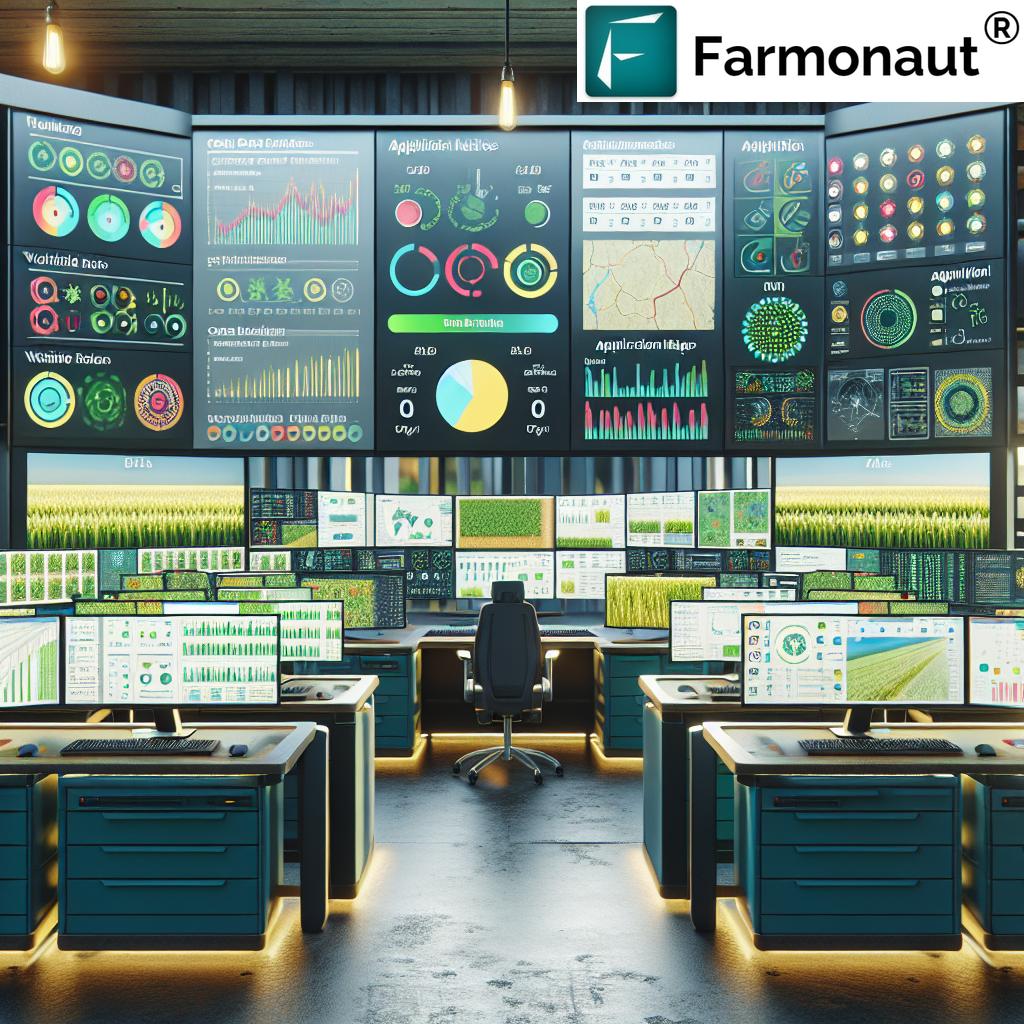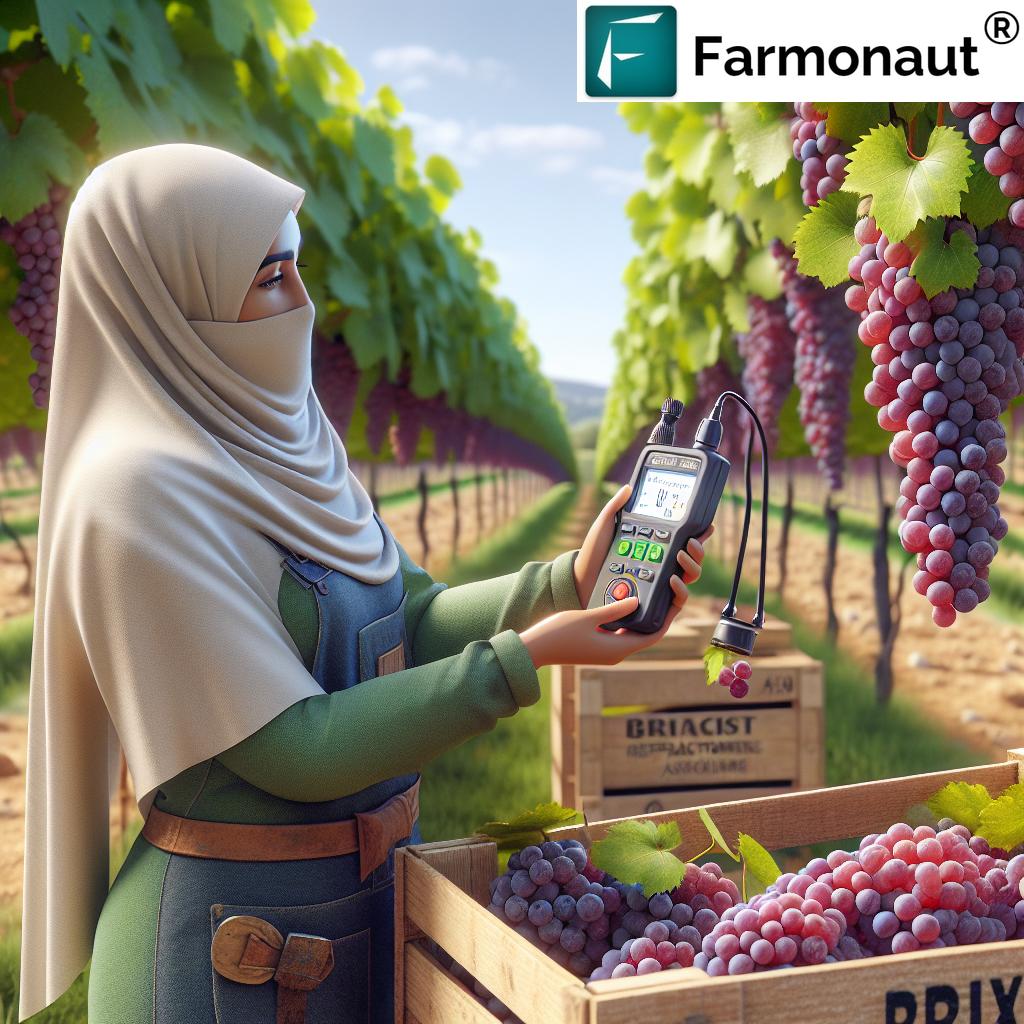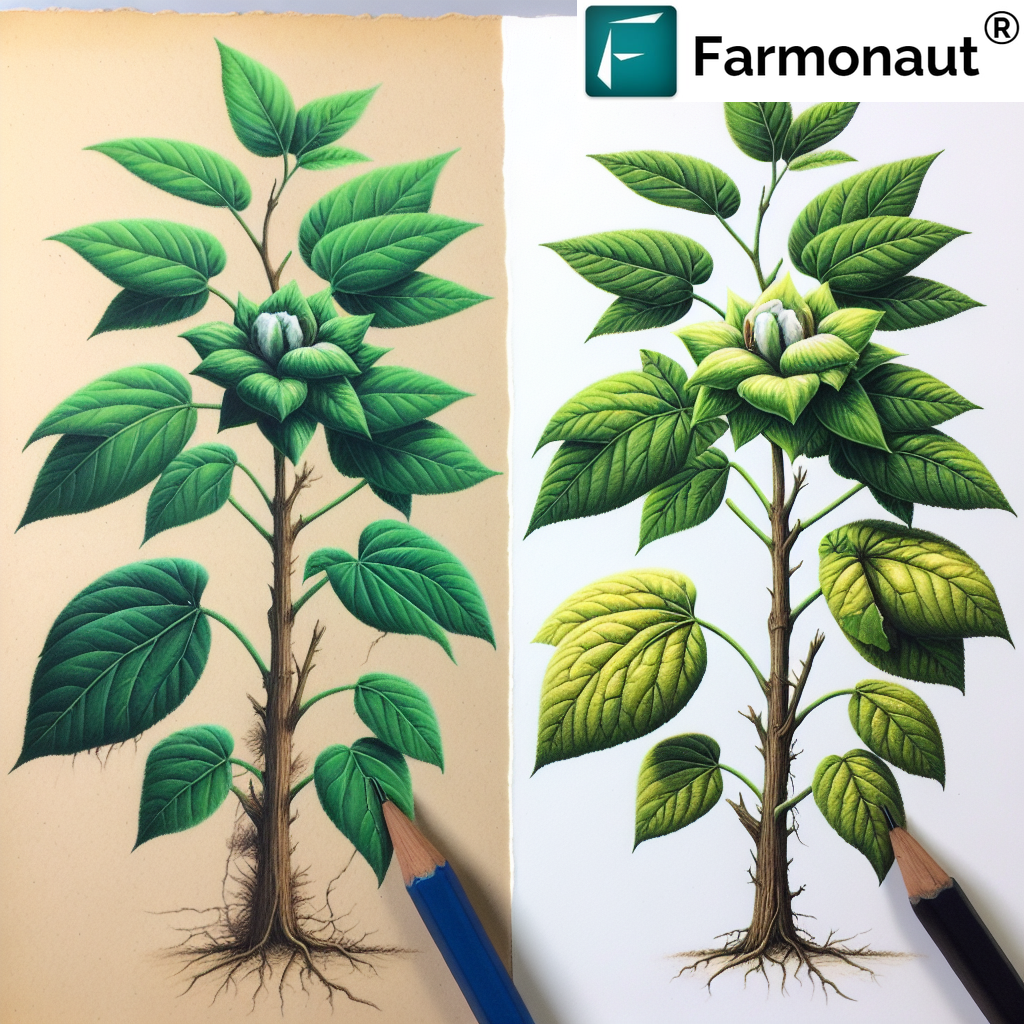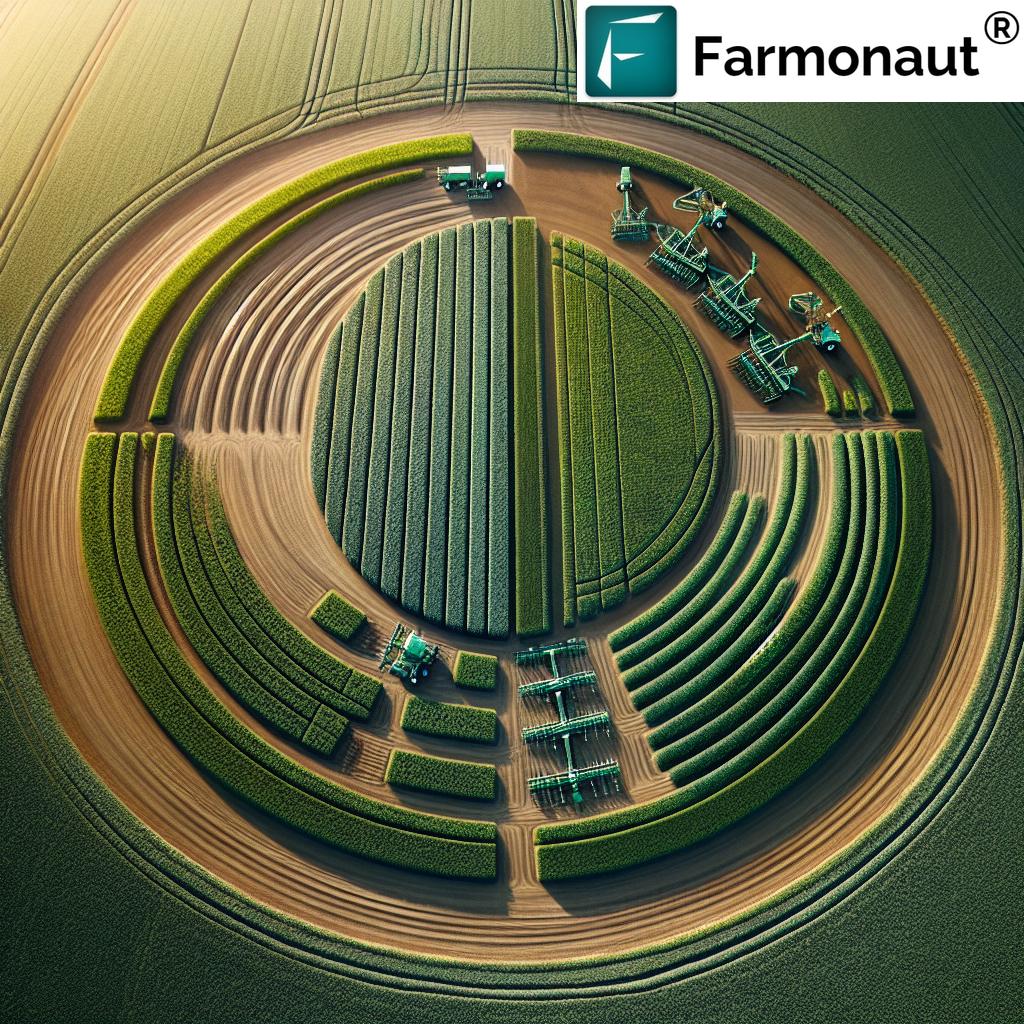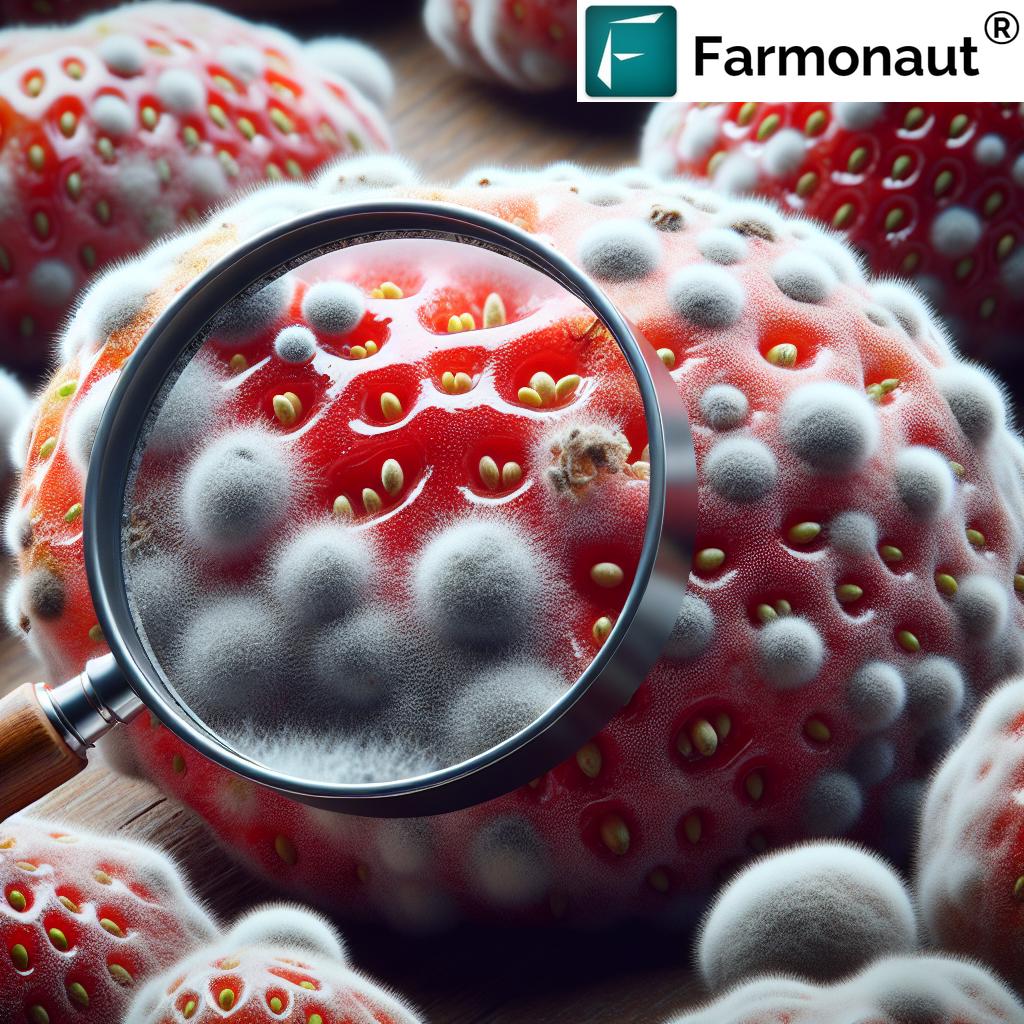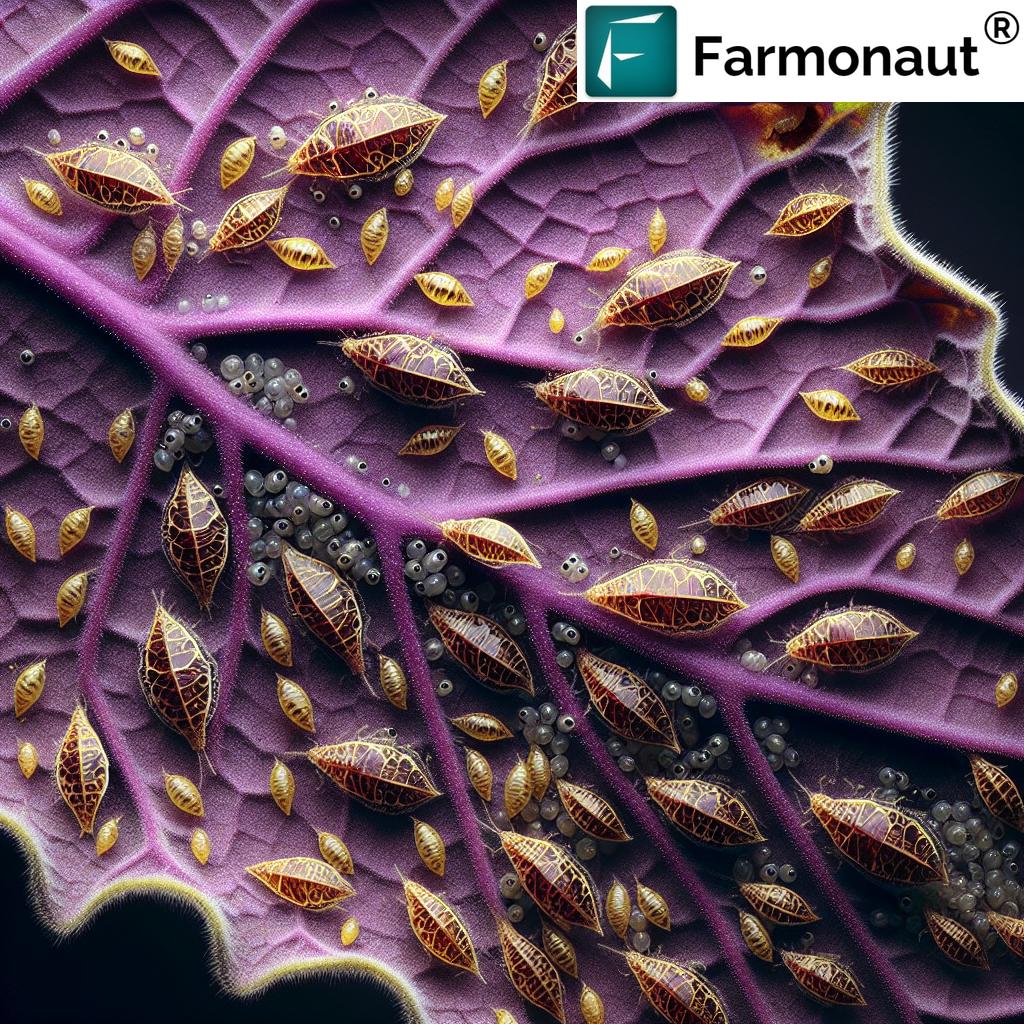Smart Precision Farming: 7 Yield-Boosting Technologies Revolutionizing Agriculture
“Over 70% of farmers using precision farming report increased crop yields within the first two years.”
Smart precision farming marks a transformative leap in modern agriculture, reshaping how farmers cultivate crops and manage resources. By leveraging advanced technologies such as IoT sensors, drones, GPS, data analytics, and automated machinery, the farming industry is optimizing every input—from water and fertilizers to labor and land. Today, precision agriculture practices deliver targeted, data-driven results tailored to the unique conditions of each field, helping us boost yields, reduce costs, and promote sustainability.
As our planet faces the dual challenge of feeding a growing population and combating environmental stressors, adopting smart agriculture technologies isn’t just beneficial—it’s essential. From collecting real-time data on soil moisture to deploying AI-powered recommendations, precision farming enables us to make informed decisions and minimize waste. This strategy isn’t just for mega-farms—innovations are now accessible to small and mid-sized farmers worldwide, thanks to platforms like Farmonaut (which we’ll discuss in detail below).
Why Smarter Farming Matters? The Value of Precision
Precision farming goes beyond simple automation. By integrating IoT sensors, drones for crop monitoring, and data-driven farming decisions into everyday operations, farms are not only increasing productivity but also ensuring they use the right resource at the right place, in the right amounts, and at the right time.
- Optimize resource use (water, fertilizers, and pesticides) and minimize waste
- Enhance crop yields through early problem detection and tailored management
- Promote environmental sustainability in farming by reducing runoff, emissions, and excessive chemical use
- Ensure profitability with cost savings on inputs, labor, and energy
- Enable data-backed informed decisions instead of relying solely on tradition or guesswork
With the latest precision agriculture practices, we empower growers to reduce impact, address new challenges, and efficiently use every hectare to its fullest potential.
Developer Docs — Get started with easy-to-use documentation for building Farmonaut-powered solutions.
7 Yield-Boosting Technologies in Precision Agriculture
Below, we detail the key components of modern precision farming—exploring how each technology integrates with agricultural practices to deliver measurable gains in yield, efficiency, and sustainability.
1. IoT Sensors in Farming
Internet of Things (IoT) sensors are the bedrock of data collection and monitoring in precision agriculture.
These advanced sensors are strategically placed throughout the field to measure key variables such as:
- Soil moisture levels (critical for irrigation)
- Soil temperature (influences seed germination and root development)
- Nutrient concentrations (phosphorus, nitrogen, potassium, and more)
- pH, electrical conductivity, and even physical characteristics of the soil
How It Works: These sensors continuously transmit data wirelessly, providing real-time updates to farmers or farm management platforms. The actionable insights from this data allow us to detect problems early (e.g., water stress, nutrient deficiency) and tailor interventions for different areas within the field—a key enabler of variable rate technology in agriculture.
Benefits:
- Up to 30% more efficient water and fertilizer use
- Reduce waste and minimize environmental impact
- Support data-driven farming decisions and predictive analytics
Platforms like Farmonaut utilize this sensor data in conjunction with satellite imagery and AI, unlocking next-level insights for any-sized farm.
2. Drones & UAVs for Crop Monitoring
Drones (Unmanned Aerial Vehicles or UAVs) equipped with high-resolution cameras and multispectral sensors offer rapid, affordable aerial surveillance for large and small farms alike.
How It Works: Flying over fields, drones provide detailed imagery capturing visible and invisible indicators of crop health. They’re invaluable for:
- Early detection of pest outbreaks, disease, or drought stress
- Mapping weed infestations and identifying problem areas
- Guiding targeted application of fertilizers and pesticides
- Assessing emergence rates, canopy cover, and growth uniformity
Benefits:
- 10–15% yield improvement via early problem detection
- 30% reduction in scouting & monitoring labor
- Supports highly targeted resource application (VRT)
Farmonaut’s platform integrates aerial insight by measuring field emissions and offering satellite-based crop health monitoring, enabling smarter interventions for both resource efficiency in agriculture and environmental sustainability in farming.
3. Remote Sensing & Satellite-Based Analytics
Remote sensing uses satellites or specialized aerial hardware to gather multi-spectral information about agricultural land. Platforms like Farmonaut have democratized access to this cutting-edge technology, making precision agriculture both affordable and actionable.
How It Works: By analyzing reflected light in various spectral bands (visible, NIR, SWIR), satellites detect:
- Canopy vigor and health (NDVI, EVI)
- Soil moisture variability at scale
- Pest and disease outbreaks before visible symptoms appear
- Field condition changes, waterlogging, or nutrient runoff risk
Benefits:
- Up to 20% greater input efficiency through early warning
- Reduce crop loss risk by timely interventions
- Actionable field maps for variable-rate planting, spraying, and resource allocation
With Farmonaut’s advanced crop monitoring, farmers access real-time images and trends via Android, iOS, and browser apps, without costly in-field hardware. Satellite-based solutions further enable unbiased crop insurance validation and fleet management—driving both efficiency and trust.
4. Data Analytics and AI-Powered Decision Support
At the heart of smart agriculture lies the power of big data integration and AI-driven analytics. Alone, collected data is useful—but when processed by advanced machine learning algorithms, it becomes transformative.
How It Works: By analyzing amounts of data from various sources—satellites, IoT, weather, drones—the system can:
- Forecast yield outcomes based on real-time weather and soil
- Predict pest outbreaks and suggest preventative actions
- Advise on precise resource allocation (water, fertilizer, pesticides)
- Optimize field management schedules (planting, irrigation, harvest)
Benefits:
- 15–25% increase in profitability through data-backed decisions and risk mitigation
- Reduces labor and input wastage
- Keeps farmers resilient against unpredictable weather and market shifts
Farmonaut’s Jeevn AI Advisory System provides personalized, real-time advisory—delivering weather forecasts, crop stress alerts, and actionable suggestions. The AI learns from each season to continuously improve accuracy and outcomes.
“Smart agriculture technologies can reduce fertilizer use by up to 20% through data-driven resource optimization.”
5. Variable Rate Technology in Agriculture (VRT)
Variable Rate Technology (VRT) is the realization of true precision farming, enabling targeted application of crop inputs—like fertilizers, pesticides, and water—in amounts based on the specific needs of different zones within a field.
How It Works: VRT utilizes field maps compiled from sensor, drone, or satellite data (NDVI, yield, soil maps). GPS-guided sprayers, planters, or irrigators adjust dosage rates in real-time as they move across varying field conditions.
- Low-fertility areas receive more nutrients, healthy areas receive less—preventing waste
- Pesticides and water are applied only where needed
Benefits:
- 5–15% yield increase due to optimal input use
- 10–25% reduction of input costs and chemical use
- Improved environmental sustainability and soil health
Using Farmonaut’s large-scale farm management tools and field mapping, growers unlock true VRT—turning raw data into intelligent, zonal actions.
6. Automated Farm Machinery & Robotics
Autonomous farm machinery—including self-driving tractors, precision-guided seeders, and robotic weeders—bring another leap forward to precision agriculture practices.
How It Works: GPS technology combined with advanced controls allow machines to perform tasks (planting, irrigation, weeding, harvesting) with near-perfect accuracy and minimal human intervention.
Robotics specifically enable:
- Identification and removal of weeds without chemicals
- Precise application of resources only where required
- Continuous performance day or night—expanding capacity
Benefits:
- Save up to 40% in labor costs
- Reduce chemical herbicide use by 90% in some systems
- Boost consistency and yields by minimizing error and fatigue
Although fully autonomous fleets are more common in large operations, Farmonaut’s resource and fleet management solutions help growers of any size to maximize uptime, track equipment, and cut operational costs.
7. Blockchain-Based Traceability & Transparency in Agriculture
Blockchain technology is emerging as a critical tool for ensuring traceability and trust in the food supply chain—from seed to shelf. By creating immutable, time-stamped records of every transaction and operation, blockchain-enabled systems guarantee transparency and curb fraud.
How It Works: Each stage in the agricultural journey (planting, spraying, harvesting, transport) is logged and verified via smart devices and integrated software. Anyone (farmers, buyers, or end consumers) can verify the authenticity, origin, and safety of their food.
- Reduces errors, fraud, and counterfeiting in agri-business
- Streamlines product recalls and certification for food safety
Benefits:
- Builds consumer trust with transparent, auditable supply chains
- Enhances sustainability claims with verifiable data
- Simplifies compliance for exports and insurance
Explore Farmonaut’s blockchain-based product traceability solution—designed for agri-businesses, food companies, and textiles—to ensure integrity across all stages of agriculture and processing.
Comparative Summary Table: 7 Yield-Boosting Precision Farming Technologies
| Technology Name | How It Works | Key Benefits (Yield / Resource / Sustainability) | Real-World Application Examples |
|---|---|---|---|
| IoT Sensors in Farming | Soil-embedded or wireless sensors monitor moisture, temperature, nutrients in real time |
• Up to 30% water/fertilizer savings • Early stress/pest detection • Higher productivity and lower waste |
Smart irrigation, soil health mapping for VRT, drought risk prevention |
| Drones & UAVs | Aerial vehicles with HD/multispectral cameras image fields |
• 10–15% yield increase • 30% reduction in scouting labor • Enables targeted application, resource efficiency |
Crop stress monitoring, weed/disease mapping, stand counts |
| Remote Sensing (Satellite-Based) | Satellites monitor crop vigor, soil, and field variation using advanced analytics |
• 20% better input efficiency • Early warning & forecasting • Large-scale, unbiased field monitoring |
Farmonaut’s crop health index, insurance validation, yield risk prediction |
| Data Analytics & AI Decision Support | AI & ML analyze big data from sensors, satellites, weather, operational records |
• 15–25% profit boost via optimized decisions • Forecasting & risk reduction • Dynamic, tailored advisories |
Farmonaut’s personalized Jeevn AI advice, precision scheduling |
| Variable Rate Technology (VRT) | GPS-enabled machinery adjusts inputs per field zone; uses digital field maps |
• 5–15% higher yields • Up to 25% input & environmental savings • Reduced chemical runoff |
Zonal fertilizer/pesticide application, seed variable planting |
| Automated Farm Machinery & Robotics | Self-driving tractors, planters, robotic sprayers mechanize farm operations |
• Up to 40% labor cost savings • Dramatic herbicide reduction • Higher consistency, all-weather operation |
Autonomous weeding/harvesting; robot-assisted precision spraying |
| Blockchain-Based Traceability | Digital ledger logs every field & supply chain event for end-to-end food transparency |
• Prevents fraud/contamination • Supports sustainability certification • Builds consumer trust, simplifies audit |
Farmonaut traceability for food & textile chain; transparent agri-exports |
Why Choose Farmonaut for Precision & Smart Agriculture?
Farmonaut is dedicated to democratizing precision agriculture globally—making smart farming technologies accessible, affordable, and practical for every farmer, agri-business, and institution.
- Satellite-Based Crop Monitoring: We offer real-time crop health, soil, and moisture analysis with NDVI and advanced mapping—no expensive sensors or hardware required.
- Jeevn AI Advisory: Our platform delivers personalized, data-driven advice—tailored to every field, season, and farmer’s needs.
- Blockchain Secured: Our traceability solutions enhance supply chain integrity for food, textile, and more, ensuring full transparency.
- Fleet and Resource Management: Optimize logistics, monitor equipment, and cut operational costs, whether you manage one tractor or one hundred.
- Carbon Footprinting & Sustainability: We help monitor and reduce farms’ environmental impact while supporting eco-friendly certifications and compliance.
- Flexible, Scalable Access: Farmonaut’s app suite and API let you operate on any device, anytime.
Farmonaut supports not just individual farmers but also agribusinesses, governments, NGOs, and corporate clients with scalable, modular solutions.
Try Farmonaut’s browser and mobile apps today to start leveraging precision farming—or unlock seamless integration for your business with our robust satellite/weather API.
Key Benefits of Smart Precision Farming
The implementation of smart agriculture technologies and precision farming practices delivers wide-ranging benefits for all stakeholders. Here’s how embracing these advanced technologies can help optimize operations:
- Increased Yield: Early detection and targeted management address issues such as nutrient deficiency and pest outbreaks, increasing crop yields by 10% or more.
- Resource Efficiency: Real-time monitoring and data-driven farming decisions minimize waste and maximize every input.
- Environmental Sustainability in Farming: Reduce runoff, minimize chemical use, improve soil health, and save water—supporting responsible stewardship of our planet.
- Cost Savings & Profitability: Optimize labor, cut unnecessary expenditure, and maximize profits.
- Transparency & Trust: Blockchain-based traceability builds confidence with buyers and consumers alike.
- Improved Risk Management: Weather, disease, or market swings are less threatening thanks to predictive tools and adaptive strategies.
Challenges and Considerations in Precision Agriculture
While the advantages of smart precision farming are profound, there are important considerations before implementation:
- High Initial Investment: Advanced systems and equipment entail upfront costs, though accessible solutions like Farmonaut’s satellite-based packages are lowering these barriers, especially for smaller growers.
- Data Management: Handling large volumes of data requires capable digital infrastructure—and ongoing data security maintenance.
- Technology Integration: Aligning multiple platforms, tools, and apps can be complex, making interoperable solutions highly valuable.
- Training and Education: Farmers must be empowered with training to harness the full power of these tools and interpret the analytics correctly.
- Connectivity Challenges: Reliable internet connections are still an obstacle for some rural regions—but satellite-based solutions help bridge this gap.
With continuous advancements in usability and cost-effectiveness, the path to adoption for precision agriculture practices is becoming easier for all.
The Future of Precision Agriculture: Trends and Outlook
The evolution of precision farming is driven by relentless technology innovation, making the future of agriculture increasingly:
- Accessible: Lower-cost sensors, widespread smartphone adoption, and SaaS models will bring high-tech farming to all corners of the globe.
- Data-Driven: As more farms collect sensor and satellite data, machine learning algorithms will continuously improve field recommendations.
- Collaborative: Data-sharing across regions, governmental support, and platforms like Farmonaut will enable sector-wide learning and rapid response to emerging threats (pests, climate change, etc.).
- Sustainable: Enhanced carbon footprint monitoring and blockchain-powered traceability will guarantee that agri-practices are both profitable and environmentally responsible.
In summary: The integration of smart precision farming technologies marks a paradigm shift for agriculture—helping farmers everywhere achieve new standards of productivity, efficiency, and sustainability.
Get Started with Farmonaut: Subscription Plans
Choose the Farmonaut package that fits your field size, data needs, or business requirements—whether you’re a smallholder, corporate farm, or agri-business. Monitor crop health, manage fleets, or build traceable supply chains with affordable plans.
Frequently Asked Questions: Precision Farming & Smart Agricultural Technologies
What is precision farming and how does it differ from conventional agriculture?
Precision farming uses advanced technologies—such as IoT sensors, drones, satellite imagery, and data analytics—to monitor and manage agricultural practices at a granular level. In contrast, conventional agriculture treats fields uniformly, often leading to inefficient use of resources. Precision agriculture adapts techniques and inputs to the unique conditions of each plot, maximizing yields while reducing waste and environmental impact.
How does IoT sensors in farming optimize resource use?
IoT sensors continuously capture real-time data on soil moisture, temperature, and nutrient content. This data is analyzed to make informed decisions regarding irrigation, fertilizer application, and pest control, leading to reduced input usage, cost savings, and greater resource efficiency in agriculture.
Can small farmers access and benefit from precision agriculture technologies?
Yes, with solutions like Farmonaut offering satellite-based farm management via affordable apps and APIs, even small and mid-sized farms can adopt precision farming practices without substantial investment in hardware.
What are the environmental sustainability advantages of precision farming?
Smart agriculture technologies enable:
- Efficient water use (up to 30% less than conventional methods)
- Reduced fertilizer and pesticide runoff, promoting better soil health
- Lower greenhouse gas emissions with optimized input use and carbon footprint tracking
What are the main challenges in implementing smart agriculture technology?
- High initial investment in equipment and software
- Need for proper data management, storage, and analysis capabilities
- Farmer training and digital skill development
- Interoperability among various digital platforms
- Internet and network availability in rural regions




